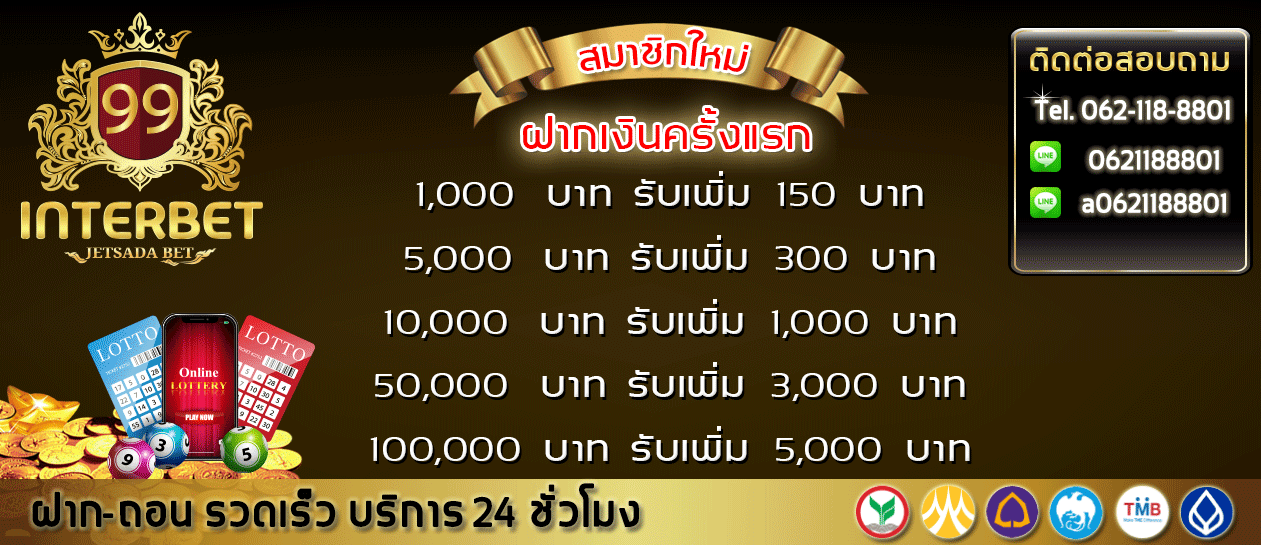sabah snake grass of cutting herbal plant from Thailand or Clinacanthus nutans
(เสลดพังพอนตัวเมีย)Useful:
Sabah Snak Grass or Clinacanthus nutans
The Sabah Snake Grass is a native plant of South East Asia. It is mainly found in Thailand, Malaysia and Indonesia. This plant was originally used for treating fractures, diabetes, kidney problems, diuretic and has anti viral, anti bacteria and anti fungus properties. It was said that this plant was first introduced by the communist in Thailand and Malaysia when they surrendered a few decades ago to the people in Thailand and Malaysia. >>Detail<<
Acacia pennata (ชะอม)
Useful:
Acacia pennata subsp. insuavis (common name cha-om) is one of thirteen Acacia species native to Thailand. This thorny multipurpose shrub or small tree up to 5 m tall grows extensively throughout the country in homestead. However, small plantations for commercial harvest of edible leaves can be also found.
The stem is thorny. Young branches are pubescent, green in colour and turn brown with age. A large gland is present on the main rachis of leaves above the middle of the petiole. Leaves are bipinnate, pinnae 8-18 pairs; pinnules linear-oblong, glabrous, base oblique or truncate, up to 50 pairs per pinna, ciliate on the margins loosely set and overlapping. Flowers are in large terminal panicles, heads globose and pale yellow. The pods are thin, flat and long with thick sutures.
Young leaves, though having a very strong smell, are an important food source for Thai people. Each 100 g of fresh leaves contains: 57 kilocalories, 5.7 g fibre, 58 mg calcium, 80 mg phosphorus, 4.1 mg iron, 10066 IU vitamin A, 0.05 mg vitamin B1, 0.24 mg vitamin B2, 1.5 mg Niazin and 58 mg vitamin C.
Harvest of leaves of Acacia pennata subsp. insuavis in Thailand
Thai people eat raw or fast-boiled leaves but always with 'samba', a spicy sauce which is a mixture of garlic, chilli, salt, lemon juice, shrimp and shrimp paste. Leaves can be used as a vegetable in several hot spicy foods. More often, the leaves are cooked in an omelette and eaten with hot 'samba'. This is one of the most common dishes throughout the country. Kaeng Kae, a northern Thai curry, will not be accepted without the addition of A. pennata leaves.
Acacia pennata is also used as a medicine. In India, leaf juice mixed with milk is used for treatment of indigestion in infants. It is also used for scalding of urine and for curing bleeding gums. Some people use boiled tender leaves for cholera treatment, digestive complaints, relief of headache, body pain, snake bites, and even to cure fish poisoning. The root can be used for inducing flatulency and to cure stomach pain. The bark is used for treatment of bronchitis, asthma and for stomach complaints.
The smell from young leaves of A. pennata is very strong for myna (Gracula religiosa) birds. In Thailand people do not put this acacia near the myna cage, otherwise the birds may die.
Acacia pennata subsp. insuavis is normally propagated by seed although vegetative propagation by cutting or grafting is feasible. Natural regeneration is good. In common practice, seeds are sown in containers and watered once a day. The seedlings are transplanted in the field in the rainy season at 4-5 m spacing. In northern Thailand, seeds are sown in the rice field in which they will germinate after rice harvest. Young shoots (leaves) can be collected twice for food before the plants are ploughed in as green manure.>>Detail<<
https://www.lottovip.com/register/af/2035330
 เว็บแทงหวยทุกชนิด บริหารงานมากว่า 10 ปี
อัตราจ่าย (2 ตัวบาทละ 92 | 3 ตัวบาทละ 800)
เว็บไซต์ : https://www.lottothai-bet.com/AF2/index?af=4v5vkrXyf2EjKy3AexqOLw8181
เว็บแทงหวยทุกชนิด บริหารงานมากว่า 10 ปี
อัตราจ่าย (2 ตัวบาทละ 92 | 3 ตัวบาทละ 800)
เว็บไซต์ : https://www.lottothai-bet.com/AF2/index?af=4v5vkrXyf2EjKy3AexqOLw8181


No comments:
Post a Comment